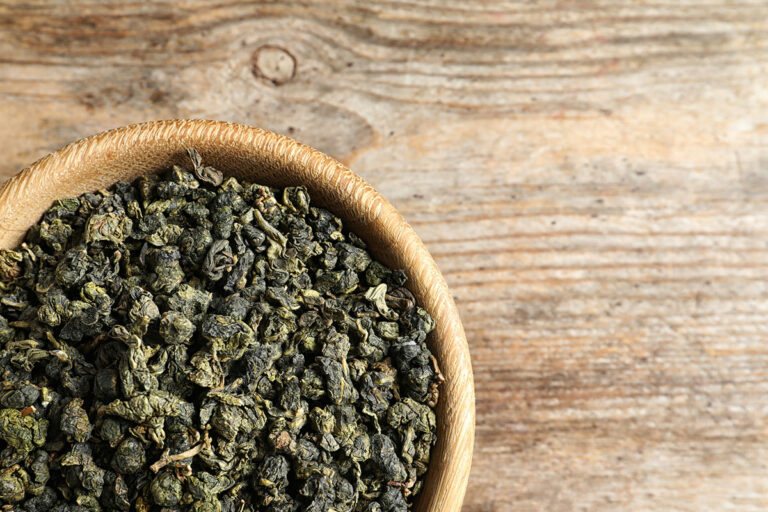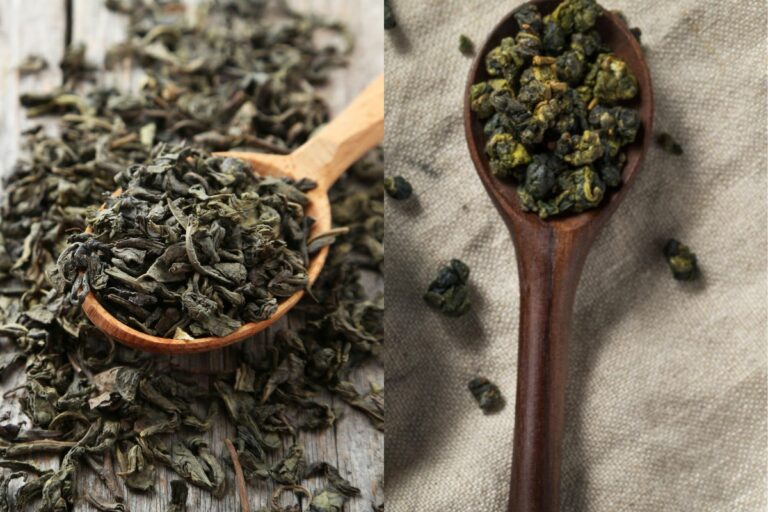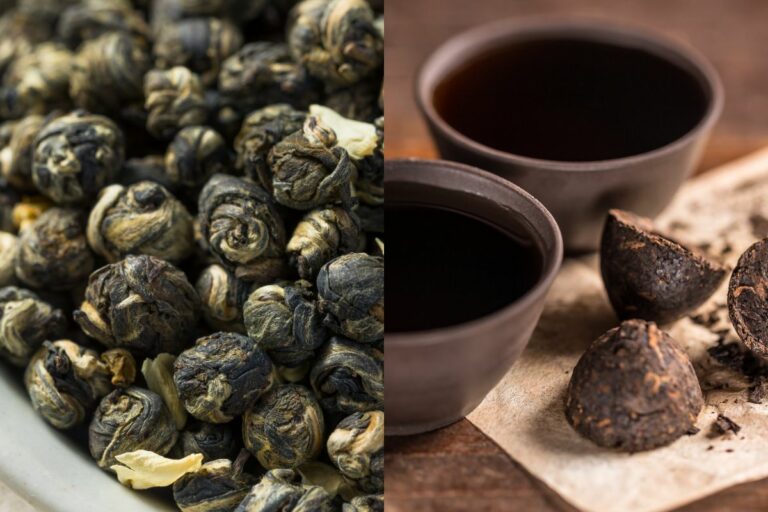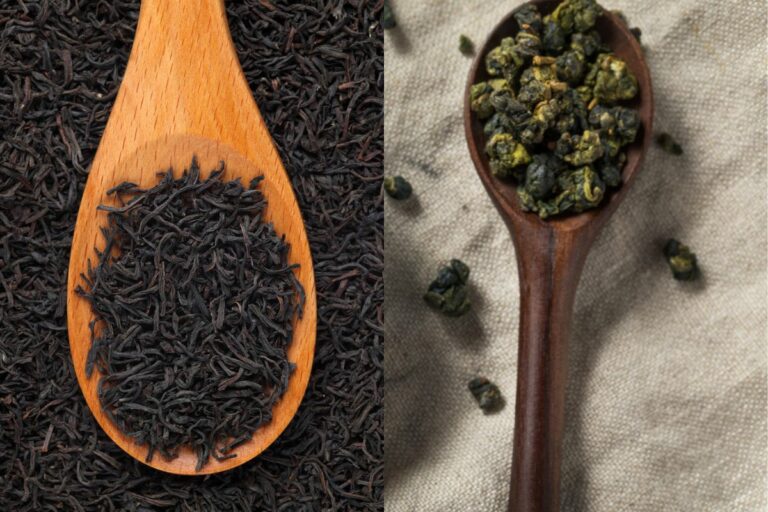What Does Oolong Milk Tea Taste Like?
Have you ever wondered about the unique flavor of oolong milk tea? Known for its creamy taste and aroma, milk oolong tea has become a popular choice for tea enthusiasts.
In this article, we’ll dive into the taste profile of oolong milk tea, dispel some misconceptions, and explore its benefits. So, let’s dive in and explore the world of milk oolong tea!
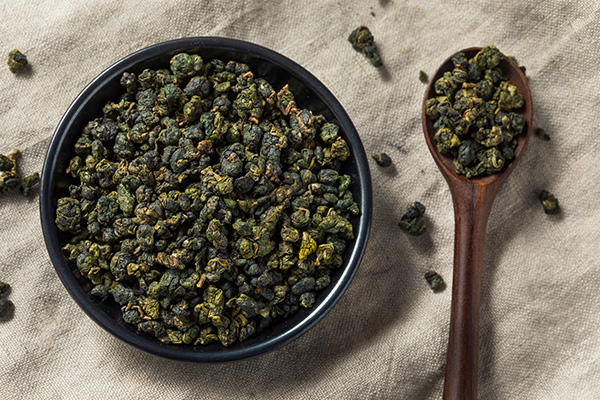
What Does Oolong Milk Tea Taste Like?
Oolong milk tea, also known as milk oolong or Jin Xuan, is known for its delicate, creamy flavor and texture. It has a rich body with a light and creamy aftertaste and a floral aroma that adds to its appeal. This enticing flavor profile is naturally present in the tea and does not come from any added dairy products.
If you’re trying oolong milk tea for the first time, you can expect a delicious, velvety, and slightly sweet taste with a hint of floral notes. Here’s the best milk oolong tea we have found.
Is Oolong Milk Tea Bitter?
Milk oolong tea is not typically bitter. As a lightly oxidized tea, it exhibits a smoother and more delicate flavor compared to darker, more oxidized teas.
However, oversteeping the tea can result in a bitter taste. Following the recommended brewing instructions for milk oolong tea is important to avoid this. Generally, steep the tea for 1-2 minutes in boiling water, and remember that it can be steeped multiple times, retaining its milky aroma and texture throughout the steeps.
What Is Oolong Milk Tea?
Milk oolong tea is a type of Taiwanese tea from the Jin Xuan cultivar, a hybrid of the camellia sinensis plant. This tea is lightly oxidized and roasted to retain its delicate floral aroma and creamy flavor.
Milk oolong tea is grown at mid to high altitudes in the mountains of Taiwan and is typically harvested in spring and autumn. It is important to note that milk oolong tea does not contain any dairy products, and its name solely refers to its naturally creamy taste and texture.
What Is the Difference Between Oolong Milk Tea and Oolong Tea?
The primary difference between oolong milk tea and oolong tea lies in the cultivar and the taste profile. While both come from the camellia sinensis plant, oolong milk tea specifically comes from the Jin Xuan cultivar, which is known for its creamy flavor and aroma. On the other hand, oolong tea is a broader category that includes a wide range of tea types, each with its own unique flavor profile, depending on the cultivar and processing method used.
In terms of taste, oolong milk tea has a distinct creamy and floral flavor, while the taste of oolong tea can vary greatly, from sweet and floral to roasted and earthy, depending on the specific type of oolong tea.
Benefits of Milk Oolong Tea
Milk oolong tea offers several health benefits, including:
- High concentration of antioxidants: Oolong tea contains a high amount of antioxidants, which can help protect your body from free radicals and oxidative stress.
- Rich in minerals, vitamins, and amino acids: These nutrients can contribute to your overall health and well-being.
- Lower cholesterol levels: Some studies suggest that oolong tea may help lower cholesterol levels, promoting heart health.
- Boost metabolism: Oolong tea is known to have thermogenic properties, which can help increase metabolism and promote weight loss.
- Multiple infusions: The unique processing of milk oolong tea allows for multiple infusions, which means you can enjoy its delicate creamy flavor and texture multiple times from the same batch of leaves.
Final Thoughts
Oolong milk tea offers a unique and delightful flavor profile, combining a creamy texture with a delicate floral aroma. This tea is perfect for those wanting to try something different from the traditional oolong varieties. Keep in mind that authentic milk oolong tea does not contain any dairy products, and its creamy flavor is naturally present in the Jin Xuan cultivar.
When choosing oolong milk tea, it’s essential to opt for a reputable vendor to ensure you’re getting a genuine, high-quality product. Paying attention to the tea’s taste, aroma, and processing information can ensure you’re experiencing the true delight of milk oolong tea.



